Salmon River Canal Co Res Nr Rogerson Id Reservoir Report
Nearby: Cedar Creek Deep Creek No 2
Last Updated: January 2, 2026
The Salmon River Canal Co Res NR Rogerson ID is a magnificent reservoir that is located in Idaho.
°F
°F
mph
Wind
%
Humidity
Summary
The reservoir was constructed in the late 1800s to provide water for agricultural purposes in the Snake River Plain. The reservoir receives water from several sources, including surface flow, snowpack, and precipitation. The water is then used for irrigation purposes to support the agricultural industry in the region. The reservoir also provides recreational opportunities such as fishing and boating. The hydrology of the area is characterized by a significant snowpack that feeds the reservoir during the spring months. The snowpack is essential for maintaining the water levels in the reservoir during the summer months when water demand for irrigation is at its highest.
Reservoir Details
| Gage Height, Ft 24hr Change | 2.11% |
| Percent of Normal | 49% |
| Minimum |
4.68 ft
2021-09-22 |
| Maximum |
55.54 ft
2020-05-27 |
| Average | 22 ft |
| Dam_Height | 223.5 |
| Hydraulic_Height | 217 |
| Drainage_Area | 1610 |
| Year_Completed | 1911 |
| Nid_Storage | 230650 |
| River_Or_Stream | SALMON FALLS CREEK SNAKE RIVER |
| Foundations | Rock, Soil |
| Surface_Area | 3400 |
| Outlet_Gates | Slide (sluice gate) |
| Dam_Length | 450 |
| Hazard_Potential | High |
| Nid_Height | 224 |
Seasonal Comparison
Reservoir Storage, Acre-Ft Levels
Gage Height, Ft Levels
Weather Forecast
Nearby Streamflow Levels
Dam Data Reference
Condition Assessment
SatisfactoryNo existing or potential dam safety deficiencies are recognized. Acceptable performance is expected under all loading conditions (static, hydrologic, seismic) in accordance with the minimum applicable state or federal regulatory criteria or tolerable risk guidelines.
Fair
No existing dam safety deficiencies are recognized for normal operating conditions. Rare or extreme hydrologic and/or seismic events may result in a dam safety deficiency. Risk may be in the range to take further action. Note: Rare or extreme event is defined by the regulatory agency based on their minimum
Poor A dam safety deficiency is recognized for normal operating conditions which may realistically occur. Remedial action is necessary. POOR may also be used when uncertainties exist as to critical analysis parameters which identify a potential dam safety deficiency. Investigations and studies are necessary.
Unsatisfactory
A dam safety deficiency is recognized that requires immediate or emergency remedial action for problem resolution.
Not Rated
The dam has not been inspected, is not under state or federal jurisdiction, or has been inspected but, for whatever reason, has not been rated.
Not Available
Dams for which the condition assessment is restricted to approved government users.
Hazard Potential Classification
HighDams assigned the high hazard potential classification are those where failure or mis-operation will probably cause loss of human life.
Significant
Dams assigned the significant hazard potential classification are those dams where failure or mis-operation results in no probable loss of human life but can cause economic loss, environment damage, disruption of lifeline facilities, or impact other concerns. Significant hazard potential classification dams are often located in predominantly rural or agricultural areas but could be in areas with population and significant infrastructure.
Low
Dams assigned the low hazard potential classification are those where failure or mis-operation results in no probable loss of human life and low economic and/or environmental losses. Losses are principally limited to the owner's property.
Undetermined
Dams for which a downstream hazard potential has not been designated or is not provided.
Not Available
Dams for which the downstream hazard potential is restricted to approved government users.

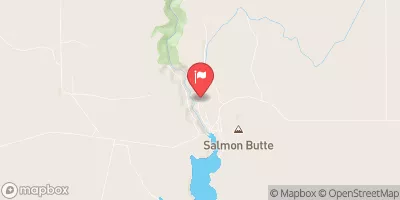


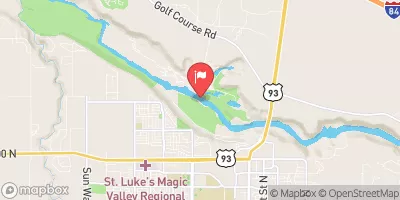
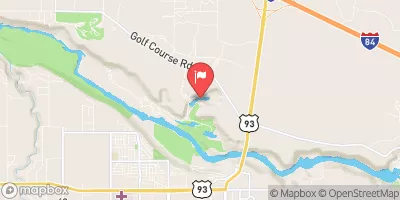
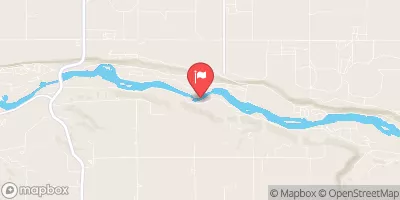
 Lud Drexler Park
Lud Drexler Park
 Lud Drexler Park Campground
Lud Drexler Park Campground
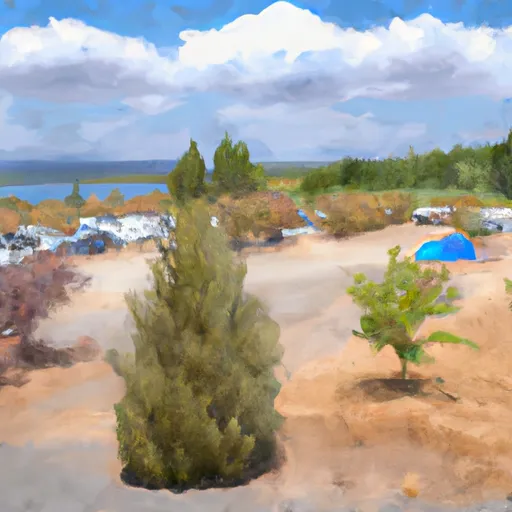 Lud Drexler Park - Salmon Reservoir
Lud Drexler Park - Salmon Reservoir
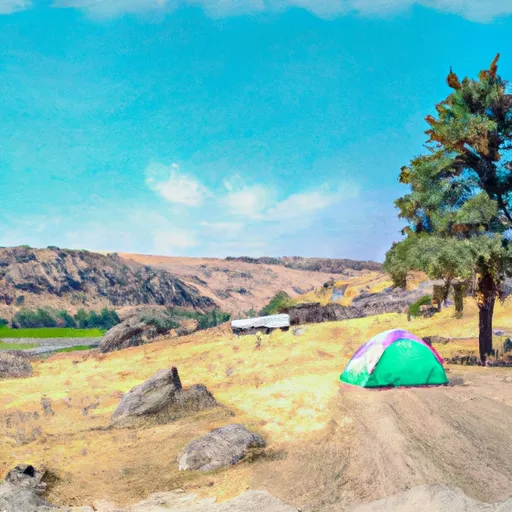 Greys Landing Recreation Site
Greys Landing Recreation Site
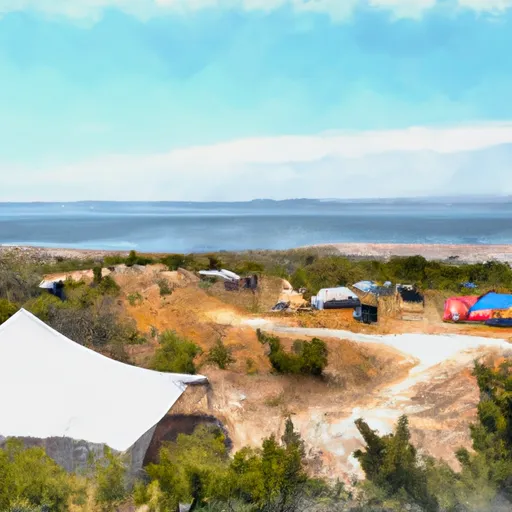 Big Sand Bay Recreation Site
Big Sand Bay Recreation Site
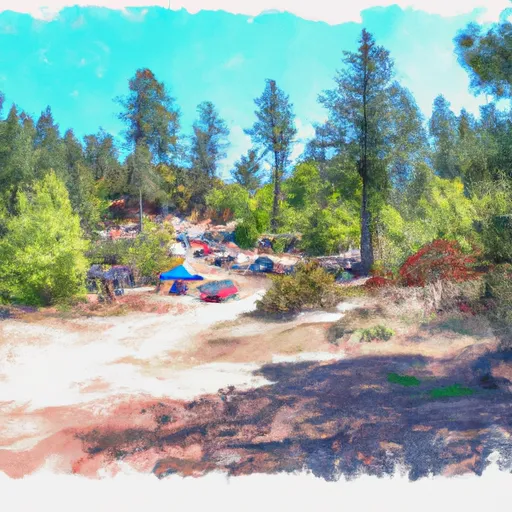 Norton Bay Recreation Site
Norton Bay Recreation Site
 Salmon Falls
Salmon Falls
 Salmon River Canal Co Res Nr Rogerson Id
Salmon River Canal Co Res Nr Rogerson Id
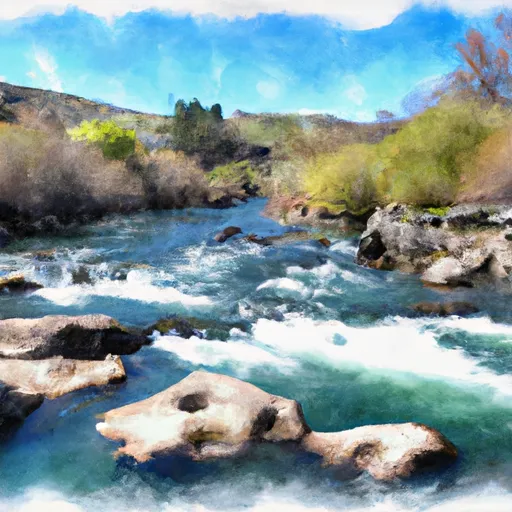 Salmon Falls Creek
Salmon Falls Creek